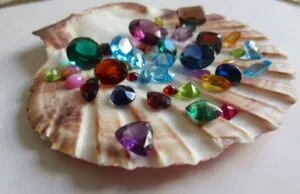
Table of Contents
Yes, people actually get their wrists pierced and although it’s not commonly seen, it’s becoming an increasingly popular type of piercing nowadays.
The wrist piercing is a type of surface piercing that was first made popular by Jon Cobb (a well-known body piercer) in the Piercing Fans International Quarterly magazine. It’s not the oldest of piercings, but it’s been around for a while. If you’re looking to get a piercing that’s unique and unusual but not too extreme, this is an excellent choice.
Here’s what you need to know before you get a wrist piercing.
What is a Wrist Piercing?
A wrist piercing is a surface piercing, resting just under the skin on either the inner or outer wrist. It’s in a clearly visible area, so there’s no hiding the fact that you’ve got a piercing there. Because there’s more flesh to pierce in this area, it’s easier to pierce and gives a lot of versatility in terms of positioning. Having a piercing on your wrist is similar to wearing a watch or a bracelet.
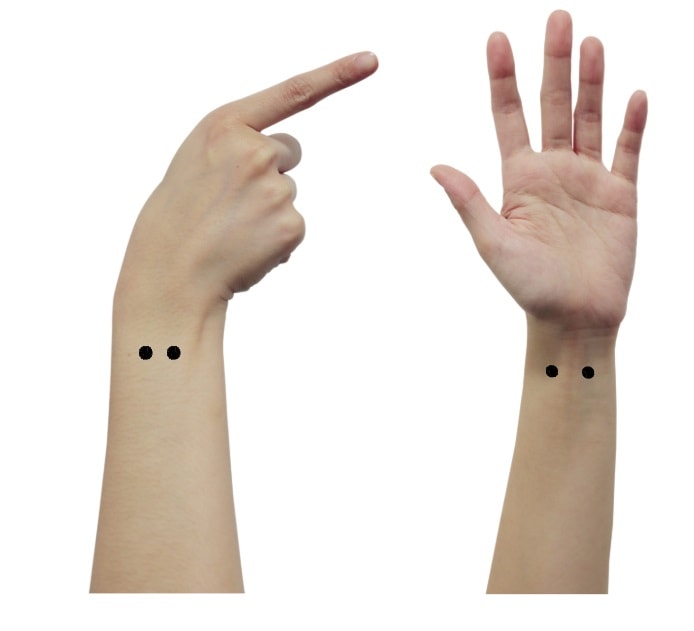
Wrist piercings can be done pretty much anywhere on the wrist. You can have it done on either side of the wrist, under the wrist (with palm facing upward) or on the top (with palm facing downward).
The dermal piercing (also called the micro dermal wrist piercing) is a highly popular variation of the wrist piercing. It’s done by making a single perforation on the wrist using a micro dermal anchor. One end of the jewelry can be seen on the surface of the skin while the other end is invisible as it’s under the skin, held in place by the anchor. This piercing looks stunning but it can also cause tissue damage.
What’s the Best Jewelry for a Wrist Piercing?
People often consider wrist piercings to be unconventional compared to other types of body piercings because they’re on the surface. The frequent movement of the wrist and its skin type make these piercings more prone to complications like migration, rejection, and slow healing. Choosing the right jewelry is important as it can help to reduce these risks.
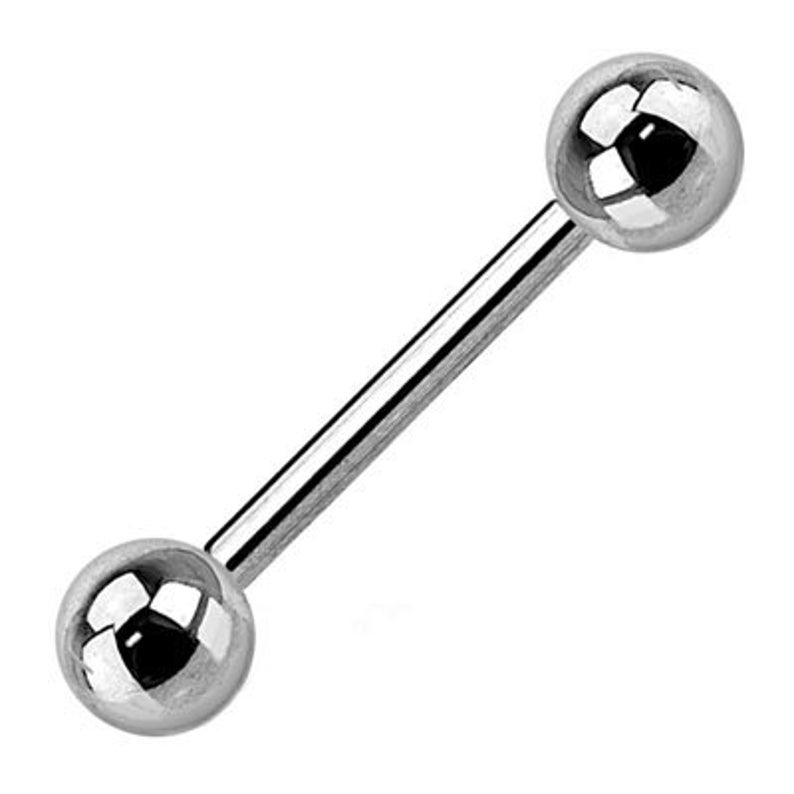
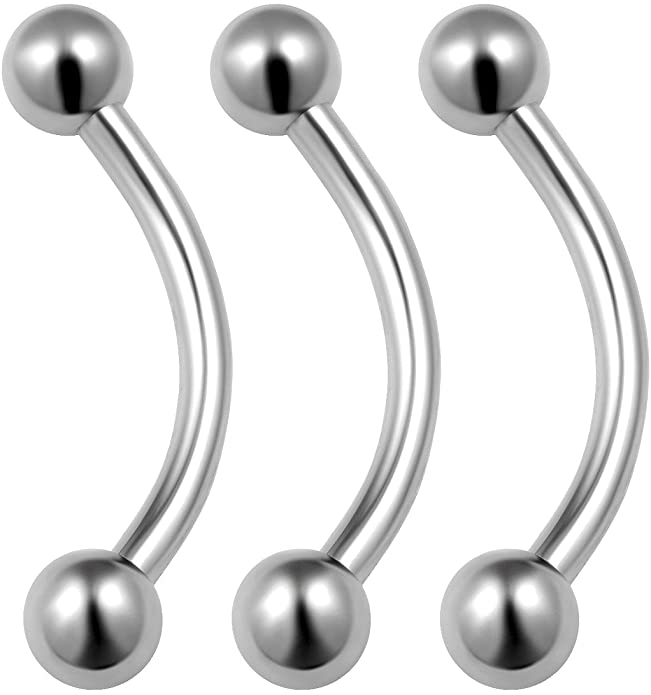
Surface Bars
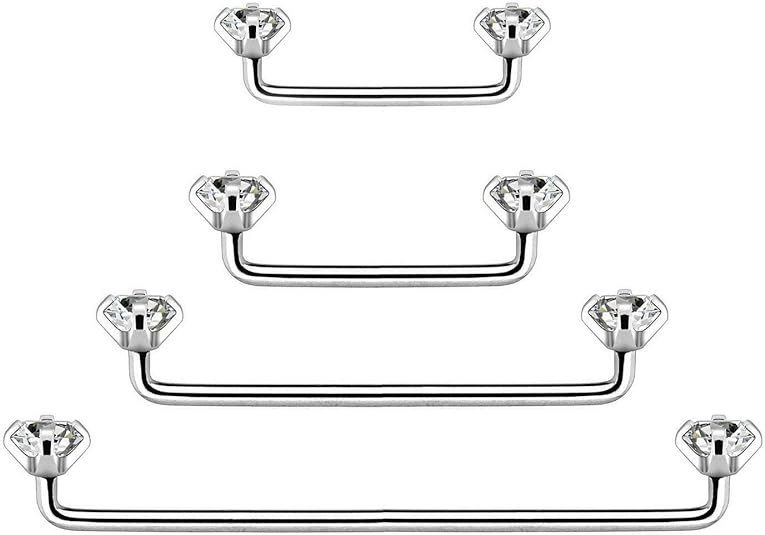
These are the most recommended type of jewelry for wrist piercings. Surface bars are shaped like a staple, with two ends that are perpendicular to the bar. The bar itself sits under the skin, while the two ends emerge from the piercing entry and exit points. The design of the surface bar helps minimize movement, reducing the risk of irritation and rejection.
Tygon or PTFE (Polytetrafluoroethylene) Bars

These are flexible, bio-compatible plastic bars that can be custom-cut to fit the wrist. Their flexibility can help adapt to the wrist’s movement, potentially reducing the risk of migration or rejection. They can also be fitted with various ends, much like surface bars.
Other Options: Captive Bead Rings, Straight and Curved Barbells
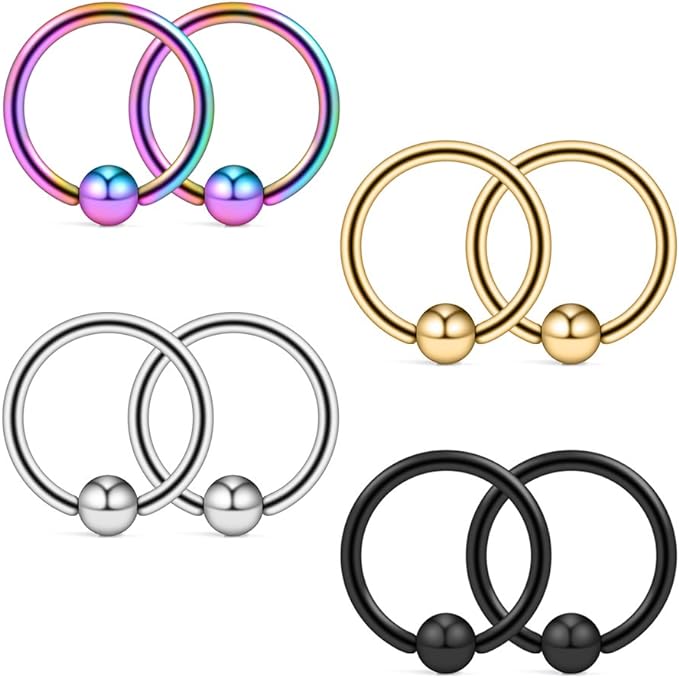
If you’re not happy with these options, there are some others that are less recommended, but sometimes used. Let’s take a look:
While curved barbells can be used for wrist piercings, they’re not as suitable as surface bars. The curvature of the barbell doesn’t align well with the flat nature of the wrist, increasing the potential for migration and rejection.
Like curved barbells, straight barbells aren’t ideal for wrist piercings because of their shape. They don’t conform to the wrist’s natural shape and can lead to more complications.
Captive bead rings are rarely used for fresh wrist piercings due to their circular shape, which doesn’t fit the anatomy of the wrist well. This mismatch can lead to pressure on the piercing, increasing the chances of complications.
What Metals are Best for Wrist Piercing Jewelry?
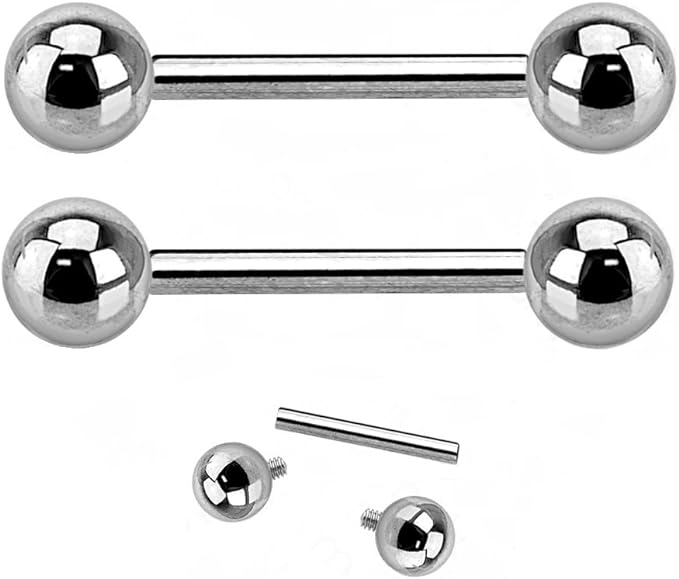
When choosing metal for wrist piercing jewelry, always pick safe, biocompatible, and comfortable options. The best choices are implant-grade metals designed specifically for medical use and body piercings.
Among these, implant-grade titanium (ASTM F136) is a top pick. It’s lightweight, doesn’t corrode, and is great for people allergic to metals since it doesn’t have nickel. Another good choice is implant-grade stainless steel (ASTM F138), but make sure it’s the right kind for piercings.
Not all stainless steel is the same. You can also consider niobium for its hypoallergenic features, though it’s less common. Avoid metals with unknown mixes or ones known to cause allergies, like nickel. And always ask advice from a trusted piercing professional for the best recommendation.
Wrist Piercing Pain – Can I Handle It?
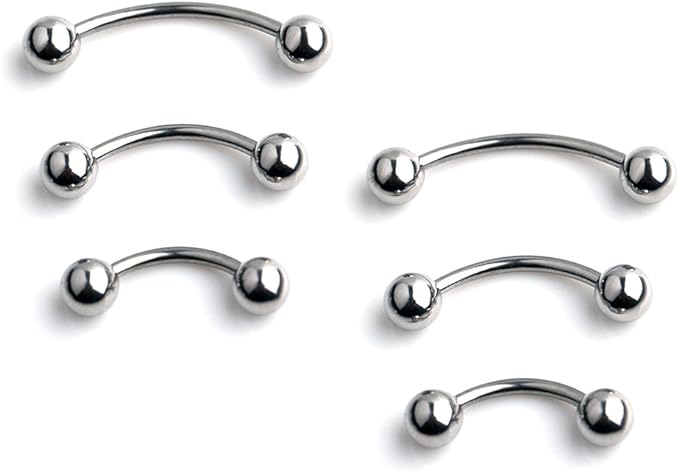
The good news is this is one of the least painful piercings out there. The procedure is simple, involving just one needle, and will be over before you even realize it.
You are bound to feel some discomfort since a needle will be going through your skin, but it should be no more than a little sting. However, pain is entirely subjective, and everyone’s pain threshold is different.
While some people may feel a great deal of pain, others may not feel anything at all so it’s difficult to say exactly how painful or otherwise this piercing would be.
Wrist Piercing Healing and Aftercare
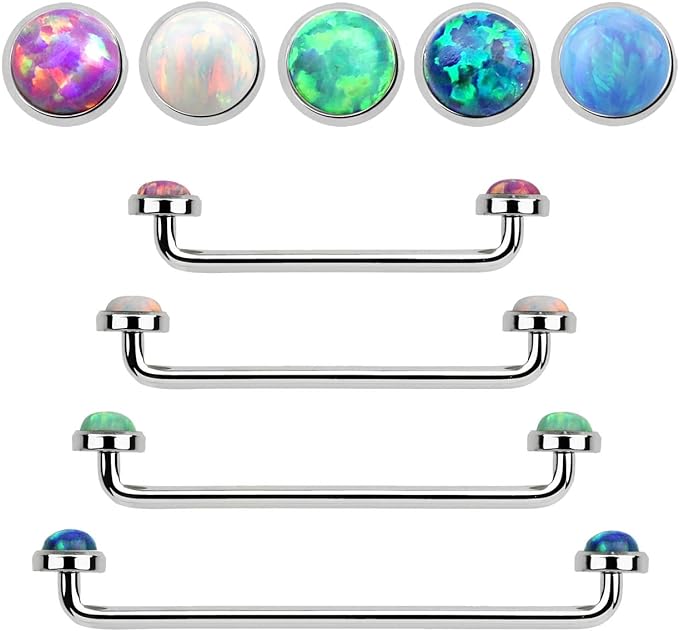
A wrist piercing is estimated to take anywhere from 2 weeks to 7 months to heal. During this time taking good care of it will help you to avoid complications such as infection.
If you take excellent care of your piercing, it can even speed up the healing process. Proper aftercare also makes sure that your piercing will remain in place for as long as possible. If you’re not careful, the wrist jewelry could get rejected or migrate due to the skin’s natural regenerative process. Like all surface piercings, it has a high risk of rejection and migration since the wrist is a part of the body that moves constantly.
Adhering to the golden rules of aftercare is crucial when it comes to letting your wrist piercing heal so make sure to keep the following rules in mind.
- Limit movement as much as possible – the wrist is prone to constant movement so try your best to keep it to the minimum. Avoid any heavy lifting or exercise to reduce stress on the piercing.
- Avoid wearing long sleeves, watches or bracelets – these can interfere with your piercing and cause movement and snagging, thereby impeding the healing process.
- Clean your piercing regularly – cleanliness is essential to help your piercing heal quickly and to avoid infections. Use a warm salt water solution, a sea salt soak or saline to keep the area clean and make sure you dry it well with a paper towel once you’re done. Do this at least two or three times a day until it’s well healed.
- Keep cosmetics, creams, lotions away from the piercing – the chemicals in these products can irritate the piercing so avoid using them on or near it. The piercing should be safe from all harsh chemicals that could interfere with the healing.
- Be healthy – eat well and keep yourself well hydrated since a healthy diet is essential especially after getting a new piercing. You need all the nutrients you can get to help your piercing heal faster.
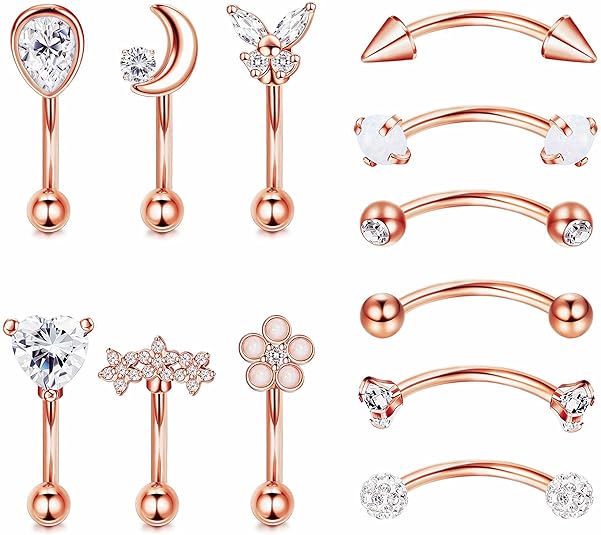
If you’re opting for a wrist piercing, make sure that you’re ready to commit to it, as it requires a good amount of attention and excellent aftercare than most other piercings.
Keep a close eye on signs of infections, such as redness, warmth, itching, pain, or a burning sensation in the piercing area. If you experience a fever during the healing period, don’t take any risks by waiting for it to subside. Fever is a tell-tale sign of infection, so if you experience any of these signs and symptoms, seek medical care immediately.
How Much Does a Wrist Piercing Cost?
A wrist piercing can cost you anywhere from $50 to $100 dollars or more, but the actual cost depends on the studio and the expertise of the professional. Before you go out and get your piercing done, do your research.
Make sure you find a well-established and reputed piercer since this is a piercing that needs to be done carefully. The wrist is a sensitive area and an inexperienced piercer can cause unnecessary damage.
Pros and Cons of Wrist Piercing
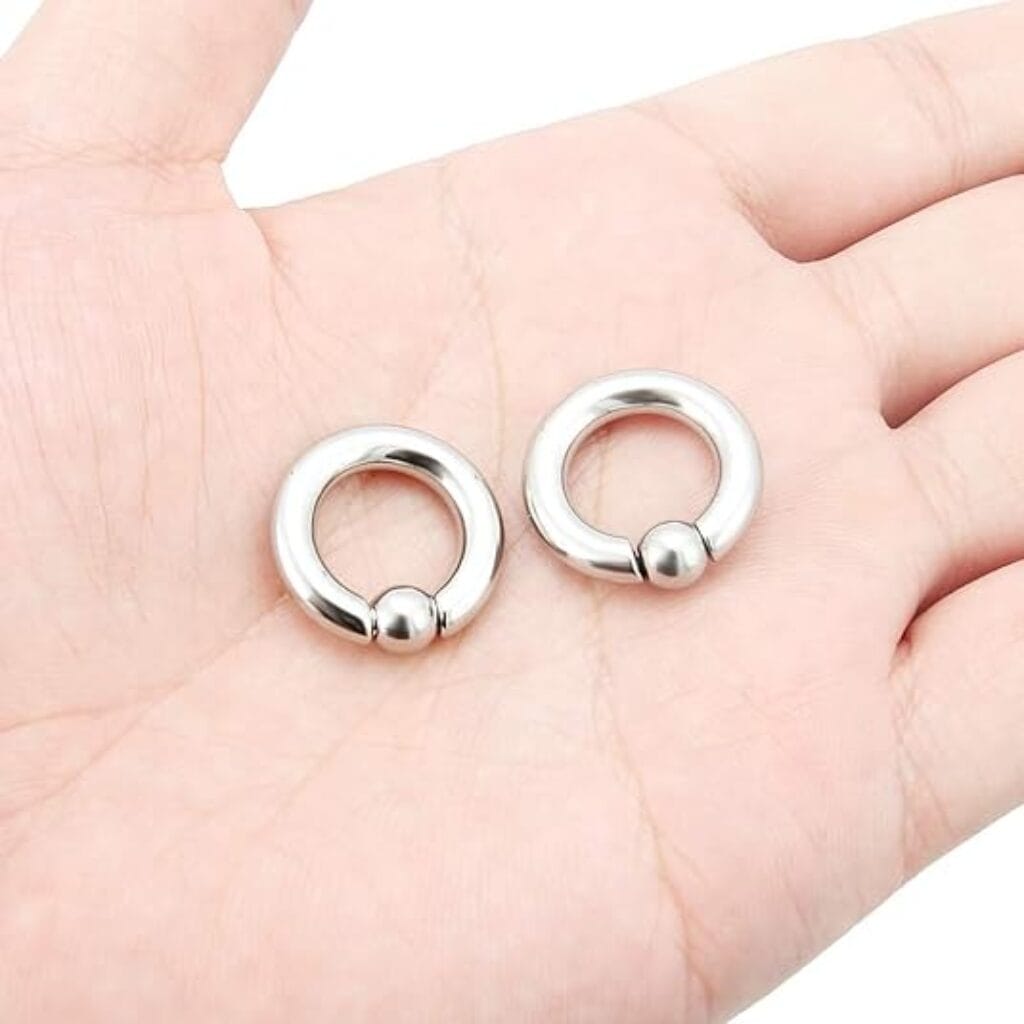
If you’re still undecided on whether or not the wrist piercing is right for you, weighing the pros and cons first might make it easier for you.
Wrist Piercing Pros
- It’s a unisex style suiting both men and women
- It’s one of the least painful piercings.
- It looks attractive and stylish.
- It’s easily visible.
- It’s a refreshing change to add a little bling to your hands without watches and bracelets.
- It’s a unique piercing.
Wrist Piercing Cons
- The jewelry can snag easily on bed linen and clothes.
- There is a higher risk for jewelry rejection and scarring.
- It can be difficult to hide (if you need to)
- It requires more aftercare than most other piercings.
- The risk of migration is high since the wrist has minimal flesh and a lot of movement.
- Wrist piercings can take longer to heal compared to other piercings due to frequent movement and potential irritants like sweat and dirt.
Before you go ahead with getting a wrist piercing, think carefully about how convenient or otherwise it will be for you. Once you’ve decided that this is the right piercing choice for you, go ahead, get it done and enjoy your new hot look!
Wrapping Up
Wrist piercings give body art a fresh spin, setting them apart from common choices. For the best healing and long-lasting results, find an experienced piercer and stick to aftercare instructions. Wear this unique piercing with pride and care!







